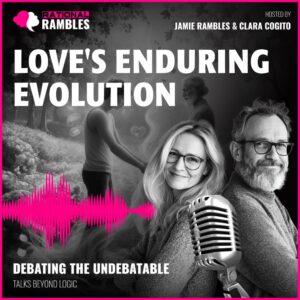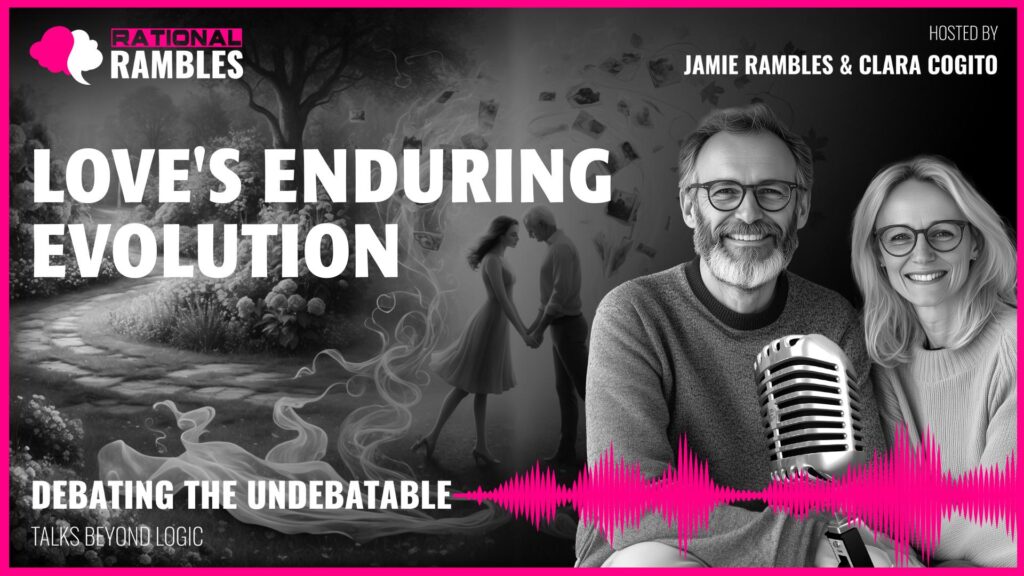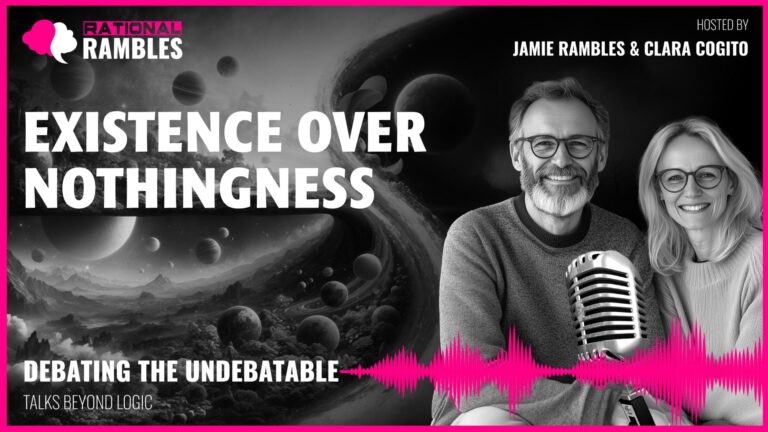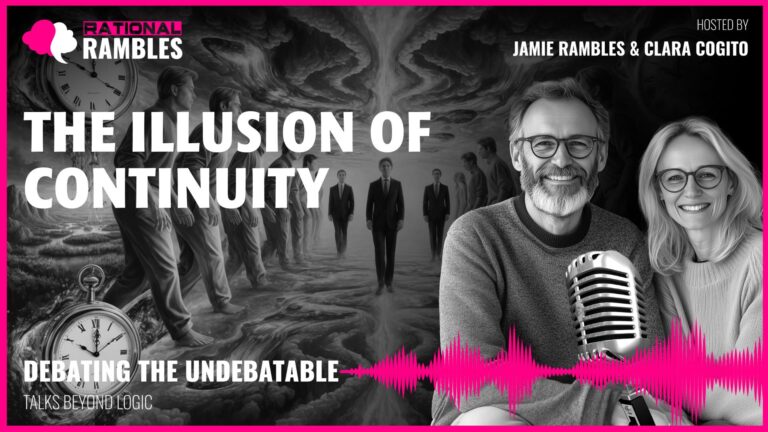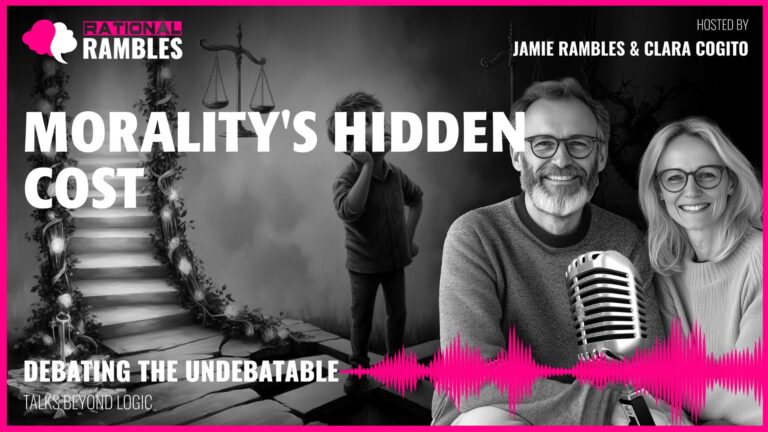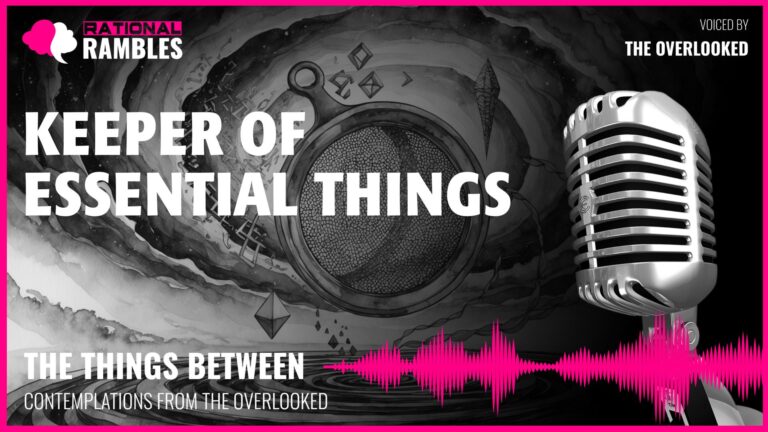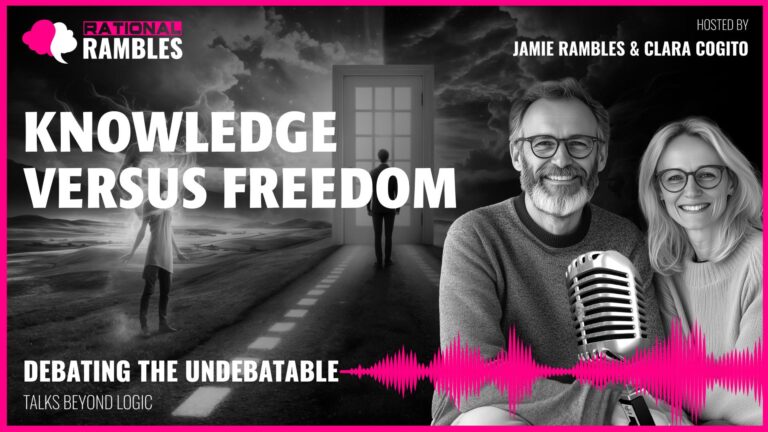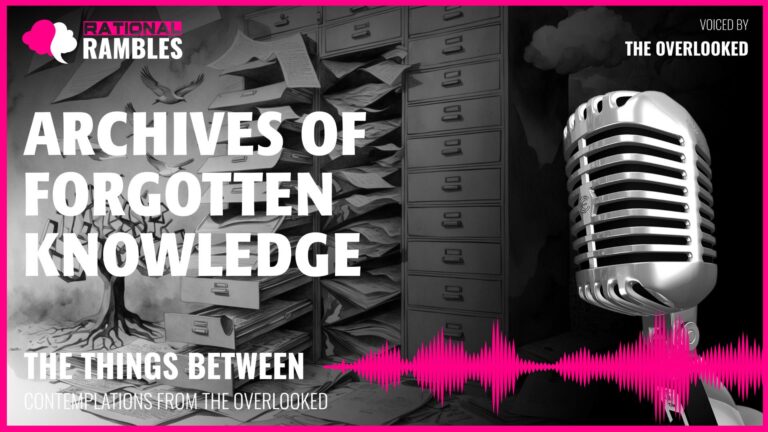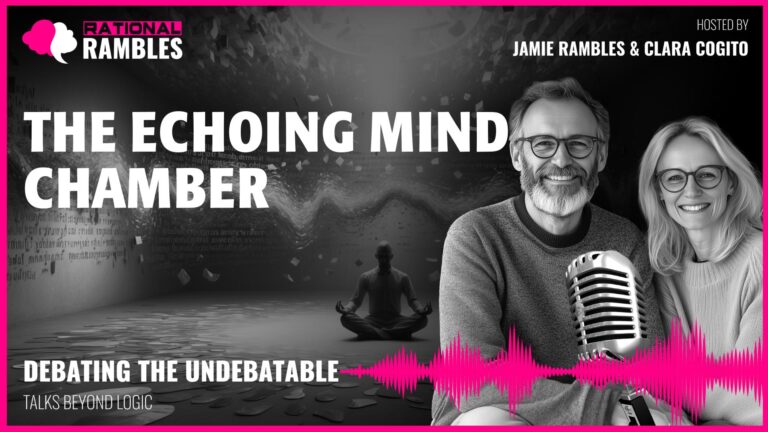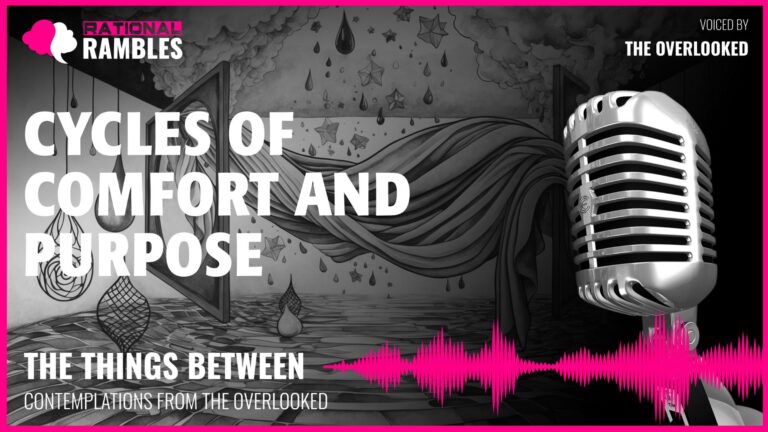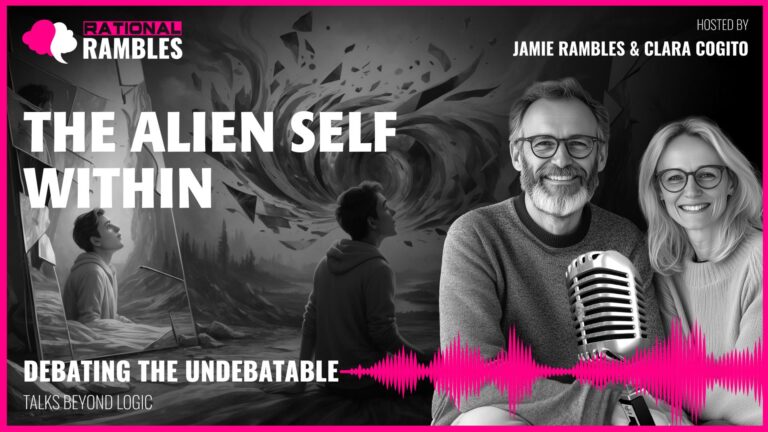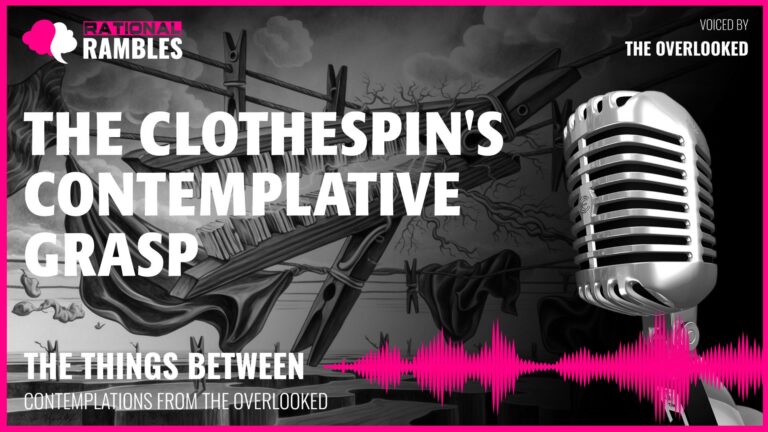Love’s Enduring Evolution: The Transformative Nature of Intimate Relationships
Introduction: Reimagining Love’s Journey
Our cultural narratives about love often present a romanticized ideal: two people fall passionately in love and remain in that exact same emotional state forever. This notion of “true love” as something that remains constant and unchanging pervades literature, film, and popular psychology. Yet, when we examine the lived experience of long-term relationships, we discover a fundamental disconnect between this idealized conception and the reality of how love actually unfolds over time. This disconnect raises profound questions: Is the expectation of unchanging love realistic? More importantly, is it even desirable?
The transformation of romantic relationships over time invites us to reconsider our fundamental understanding of love’s nature. When the initial intoxicating intensity inevitably shifts, does this represent a failure of love, or might it instead reveal love’s capacity for growth and evolution? This philosophical inquiry carries significant practical implications, as our interpretation of love’s changing nature directly impacts how we experience our intimate relationships.
This article explores the transformative nature of love through multiple lenses—neurological, psychological, philosophical, and cultural—to uncover a more nuanced understanding of how love evolves over time. Rather than approaching love’s changes as a deviation from some ideal state, we will consider whether adaptation might be central to love’s very essence and its capacity to endure across a lifetime.
The Neurochemistry of Love: Natural Transitions
From a neurobiological perspective, the intense feelings associated with falling in love represent a specific neurochemical state that simply cannot be maintained indefinitely. The early stages of romantic love trigger a cascade of neurochemicals—including dopamine, serotonin, and oxytocin—creating a state that researchers have compared to obsessive-compulsive disorder. Functional MRI studies show that brains in the throes of new love display activity patterns remarkably similar to those seen in clinical OCD, particularly in regions associated with reward, motivation, and fixation.
The Chemical Impossibility of Perpetual Passion
Anthropologist Helen Fisher’s research distinguishes between three brain systems involved in romantic love: lust (driven by androgens and estrogens), attraction (driven by dopamine, norepinephrine, and serotonin), and attachment (driven by oxytocin and vasopressin). While these systems can operate simultaneously, the intense “attraction” phase—characterized by intrusive thinking, focused attention, mood swings, and intense energy—is neurologically unsustainable over long periods.
This neurochemical reality creates an important framework for understanding love’s evolution: the transition away from the initial euphoric state isn’t a failure or loss but a neurological necessity. Just as the body cannot sustain a perpetual adrenaline rush, the brain cannot maintain the intense neurochemical cocktail of early-stage attraction indefinitely without risking neural adaptation (diminishing response) or even neurological harm.
From Infatuation to Attachment
As relationships mature, the dominant neurochemistry typically shifts from dopamine-driven reward seeking to oxytocin-mediated attachment. This transition supports deeper bonding but naturally reduces the intensity of obsessive thinking and euphoria. Studies tracking couples longitudinally show that this shift typically begins between six months and two years into relationships.
Importantly, this transition toward attachment-based love brings significant benefits. The oxytocin system supports stress reduction, emotional regulation, and immune function. Psychologist James Coan’s research demonstrates that secure attachment relationships actually reduce the neural resources required to deal with threats and challenges—effectively making life’s difficulties easier to bear when faced within a secure relationship context.
Philosophical Perspectives on Change and Constancy
The tension between permanence and change has occupied philosophers for millennia, with profound implications for how we conceptualize love. Ancient Greek philosopher Heraclitus famously observed that “no man ever steps in the same river twice, for it’s not the same river and he’s not the same man.” This fundamental insight about the impermanence of all things applies equally to human relationships.
Love and the Ship of Theseus
The philosophical thought experiment known as the Ship of Theseus provides a compelling framework for examining love’s evolution. If every plank in a ship is gradually replaced over time until none of the original materials remain, is it still the same ship? Similarly, if the feelings, expressions, and even the people within a relationship transform completely over decades, is it still the same love? Or has it become something entirely different that we simply call by the same name?
This question becomes particularly relevant when we consider that human beings continuously change throughout adulthood. Our values shift, our priorities evolve, our personality traits develop, and our needs transform. Given this reality of continuous personal development, a love that remained perfectly static would paradoxically become increasingly misaligned with the individuals involved. It would represent a connection to who we once were rather than who we are becoming.
Eastern Philosophical Approaches to Impermanence
Western philosophical traditions have often sought eternal, unchanging ideals, creating a conceptual framework that may struggle to accommodate love’s evolutionary nature. By contrast, Eastern philosophical traditions—particularly Buddhism—embrace impermanence (anicca) as a fundamental truth of existence. From this perspective, the expectation that love should remain unchanged contradicts the basic nature of reality.
The Buddhist approach suggests that suffering arises from attachment to particular states or experiences—including specific manifestations of love. Liberation comes through recognizing that nothing remains static, and finding equanimity amid this constant flux. Applied to relationships, this might mean appreciating each phase of love for what it uniquely offers, without clinging to any particular manifestation as definitive or superior.
Love as Process Rather Than State
Process philosophy, associated with thinkers like Alfred North Whitehead, offers another valuable lens. This philosophical tradition emphasizes becoming over being, viewing reality as fundamentally composed of events and processes rather than static substances. Through this lens, love would be understood not as a fixed emotional state to be preserved but as an ongoing process of engagement and response to an ever-changing beloved.
Existentialist philosophers like Jean-Paul Sartre would further emphasize the role of choice in this process. Rather than viewing love as something that simply happens to us, existentialists might frame mature love as something we continually choose—a series of decisions to engage with the evolving reality of another person rather than with our static image of who they once were.
Psychological Research on Relationship Development
Developmental psychology offers substantial empirical insights into how relationships naturally evolve through distinct phases. These research findings help normalize the transitions that many couples experience as threatening or problematic when viewed through the lens of unchanging romantic ideals.
Stages of Relationship Development
Research by psychologists like John Gottman identifies observable patterns in how relationships typically develop. While individual relationships vary considerably, most pass through recognizable phases including:
1. The Merging Phase: Characterized by intense preoccupation, idealization, and the formation of couple identity, typically lasting from six months to two years.
2. The Differentiation Phase: Partners begin reasserting individual identities, differences emerge more clearly, and the relationship must accommodate greater individuality.
3. The Practicing Phase: Partners develop skills for managing conflict, differences, and changing circumstances while maintaining connection.
4. The Rapprochement Phase: A deeper integration develops where differences can be valued rather than merely tolerated, and interdependence balances with autonomy.
5. Life Stage Adaptations: The relationship continues evolving to accommodate major life transitions such as parenthood, career changes, health challenges, and aging.
Predictors of Relationship Longevity
Longitudinal research tracking couples over decades reveals that the strongest predictors of relationship durability aren’t intense initial attraction or even absence of conflict. Rather, adaptability, communication skills, and shared commitment to growth emerge as the most robust predictors of lasting relationships.
Dr. Gottman’s research at the “Love Lab” (The Relationship Research Institute) found that successful couples aren’t those who avoid change or conflict, but those who develop adaptive strategies to grow together. They create what he calls “shared meaning” over time—evolving their understanding of themselves as a couple rather than clinging to who they were when they first met.
Particularly interesting is research suggesting that relationships with moderate initial compatibility but excellent adaptation skills often outlast those with high initial compatibility but poor adaptability. This finding underscores the importance of how couples navigate change rather than how well-matched they appear at the outset.
The Role of Mindset in Relationship Development
Psychologist Carol Dweck’s research on mindsets offers another valuable framework. People with fixed mindsets tend to view challenges as exposing inherent limitations, while those with growth mindsets see the same challenges as opportunities for development. Applied to relationships, a growth-oriented conception of love allows couples to approach changes with curiosity rather than alarm—asking “How are we evolving?” rather than “What’s going wrong?”
Couples who interpret challenges as temporary obstacles in a meaningful shared journey tend to weather difficulties better than those who see the same events as evidence of fundamental incompatibility. This phenomenon, related to attribution theory in psychology, suggests that whether we attribute relationship changes to situational factors or fixed character traits dramatically impacts outcomes.
Cultural Narratives and Modern Expectations
The struggle to embrace love’s evolutionary nature exists within specific cultural and historical contexts that shape our expectations and interpretations. Understanding these contextual factors helps explain why love’s natural transformations often trigger such anxiety and disappointment.
The Historical Evolution of Marriage and Romance
Historian Stephanie Coontz documents how our modern expectations of romance represent a relatively recent historical development. For most of human history, marriage was primarily an economic and social institution, with passionate romance often pursued outside marriage or considered a pleasant but unnecessary bonus within it.
Only in the past two centuries has Western culture increasingly expected romantic partnerships to simultaneously fulfill needs for passion, friendship, practical support, personal development, and family formation. Coontz calls this the “all-or-nothing marriage”—our modern expectation that one relationship should fulfill needs that were historically distributed across multiple social bonds.
This concentration of expectations creates tremendous pressure on romantic partnerships. Research shows that couples tend to fare better when they maintain diverse social connections rather than expecting their partner to be their exclusive source of emotional support, intellectual stimulation, and practical assistance.
Media Representations and Narrative Arcs
Our cultural understanding of love is significantly shaped by media representations that typically focus on love’s beginnings rather than its evolution. Movies, novels, and songs overwhelmingly emphasize falling in love—the neurochemically intensive phase—while rarely depicting the equally important but less cinematically dramatic phases of mature relationship development.
These representations typically end at the wedding or first kiss—the high point of passion—rather than exploring the nuanced reality of long-term relationships. This creates problematic scripts that many people unconsciously follow, leading them to question their relationships when the inevitable transitions occur.
Philosopher Alain de Botton notes that our romantic troubles stem largely from these unrealistic expectations. His concept of “romantic realism” advocates for more nuanced cultural narratives that acknowledge the complexity and evolution of love rather than perpetuating simplified romantic myths.
Different Types of Love in Cultural Context
C.S. Lewis’s distinction between different types of love in his book “The Four Loves” highlights how modern languages often collapse distinctions that ancient cultures maintained. Lewis distinguishes between:
– Eros: Romantic and passionate love
– Storge: Familial affection and comfortable familiarity
– Philia: Deep friendship and connection of minds
– Agape: Selfless, unconditional commitment to another’s well-being
Ancient Greek maintained distinct terms for these different forms of love, while modern English collapses them under the single word “love.” This linguistic limitation makes it difficult to articulate how love might transform from one type to another without being “lost.”
When discussing love’s evolution, we may not be describing the disappearance of love but its transformation from one type to another—passionate eros giving way to comfortable storge, deepening into philia, or expanding into selfless agape. These transformations aren’t necessarily hierarchical; different forms serve different psychological and relational needs at different times.
Rethinking Love’s Journey: From Loss to Development
The central question emerging from this exploration is whether love’s transformation over time represents loss or development. The answer depends largely on our conceptual framework and the narrative we construct around these changes.
The Caterpillar and the Butterfly
The metamorphosis from caterpillar to butterfly offers a powerful metaphor for love’s evolution. If we define a caterpillar’s success by its ability to remain a caterpillar indefinitely, then transformation into a butterfly represents catastrophic failure. But if we understand the caterpillar’s nature as inherently developmental—containing within it the potential for metamorphosis—then this transformation represents fulfillment rather than failure.
Similarly, if we define love primarily by the neurochemical intensity of its initial phase, then its evolution will inevitably feel like loss. But if we understand love as inherently developmental—containing within it the seeds of multiple forms and phases—then these transformations can be recognized as fulfillment of love’s potential rather than its diminishment.
Integration Rather Than Replacement
Developmental psychologist Robert Kegan’s concept of “subject-object shifts” offers another useful framework. Kegan describes psychological development as a process of making what was once the unconscious subject of our experience into an object we can examine and integrate at a higher level of awareness.
Applied to love, this suggests that mature relationship development doesn’t simply replace earlier forms but integrates them into more complex structures. The butterfly contains the caterpillar’s essence but expresses it in a more evolved form. Similarly, mature love might not feature the constant neurochemical intensity of new romance, but it integrates those experiences into a richer, more resilient connection.
From this perspective, love’s highest expression might be a form that can hold its own transformations as part of its story—neither rigidly clinging to the past nor arbitrarily discarding it, but integrating each phase into an ever more complex and resilient whole.
Love as Musical Development
Music offers another illuminating metaphor for love’s evolution. Rather than viewing love as a single emotion that either persists or fades, we might understand it as a complex composition where different elements wax and wane—themes develop, recede, and return in new variations.
This musical quality helps explain why couples often report rediscovering aspects of their early relationship in later life stages. After children leave home or after retirement, many couples experience what might be called a “second honeymoon” phase—not identical to the first, but a reprisal of certain emotional themes with the added richness of shared history. The melody returns, but with deeper harmonies.
Friedrich Nietzsche’s concept of eternal recurrence might be applied here—not as identical repetition but as recurring motifs in an evolving composition. Perhaps love’s true nature isn’t captured in any single moment or manifestation but in the complete unfolding of its pattern over time.
Practical Implications: Navigating Love’s Evolution
Understanding love’s evolutionary nature has significant practical implications for how we approach relationships. Rather than struggling against inevitable transitions, couples can develop strategies to navigate them more constructively.
Education and Expectation-Setting
Perhaps the most fundamental intervention is education about the normal developmental trajectory of romantic relationships. Simply understanding that transitions are normal rather than problematic can prevent unnecessary suffering and premature relationship dissolution.
Relationship education programs that normalize the experience of changing feelings and teach couples to expect and navigate transitions show promising outcomes in relationship satisfaction and longevity. These approaches replace the simplistic “falling out of love” narrative with more nuanced understandings of relationship development.
Conscious Ritualization of Connection
As passionate spontaneity naturally decreases with time and familiarity, conscious ritualization of connection becomes increasingly important. This might include scheduled date nights, intentional conversation practices, or deliberate intimacy.
These practices aren’t sad substitutes for the spontaneity of early romance but evolved expressions of prioritizing connection. They reflect philosopher Blaise Pascal’s insight that sometimes practice precedes and nurtures feeling, rather than the other way around. Creating conditions for connection becomes an act of love itself rather than merely a response to spontaneous emotion.
Counteracting Negativity Bias
Human brains have an evolved negativity bias—we’re wired to notice problems and threats more readily than positive aspects. In long-term relationships, this can manifest as taking the good parts for granted while fixating on disappointments or irritations.
Practices like expressing gratitude, maintaining curiosity about one’s partner, and intentionally appreciating positive qualities can counteract this bias. Research on successful long-term couples shows they maintain a ratio of approximately five positive interactions for every negative one, not by avoiding all conflict but by ensuring negative experiences are balanced with substantially more positive connection.
Maintaining Differentiation
Psychologist David Schnarch’s concept of “differentiation” emphasizes the importance of maintaining healthy boundaries and individual development within committed relationships. Highly fused couples who can’t tolerate difference or change often struggle more than those who maintain balanced individuality.
Research supports the counterintuitive finding that couples who can tolerate separateness often report feeling more deeply connected. As poet Kahlil Gibran beautifully expressed: “Let there be spaces in your togetherness… for the pillars of the temple stand apart, and the oak tree and the cypress grow not in each other’s shadow.”
This perspective suggests that love’s durability requires a certain spaciousness—a permission for both partners to evolve as individuals while maintaining connection. The security of knowing the relationship is stable actually facilitates healthy exploration and development rather than constraining it.
Narrative Construction
The stories couples tell themselves about their relationship significantly impact how they experience it. Developing a narrative that incorporates change as part of the relationship’s journey rather than as deviation from some ideal state can transform how transitions are experienced.
Successful long-term couples often describe their relationships as having gone through multiple “marriages” to the same person—distinct chapters with different dynamics, challenges, and forms of connection. What binds these chapters isn’t emotional sameness but a continued choice to face each new phase together, renegotiating the relationship as needed rather than clinging to outdated patterns.
This approach to narrative construction transforms commitment from a static promise to maintain identical feelings into an ongoing process of mutual evolution—not promising to feel tomorrow exactly as we feel today, but to continue the journey of adaptation and growth together, come what may.
Redefining Love’s Success: From Preservation to Evolution
This exploration invites a fundamental redefinition of what constitutes successful love. Rather than measuring love’s success by its ability to remain unchanged, we might instead evaluate it by its capacity to evolve in ways that remain meaningful and life-giving to both partners across changing circumstances.
From Emotional State to Ongoing Process
This redefinition shifts our understanding of love from a particular emotional state to be preserved to an ongoing process of connection, adaptation, and response. True constancy in love might not be about maintaining identical feelings but about a commitment to loving the evolving person before us rather than a fossilized image of who they once were.
This process-oriented definition aligns with research on relationship development while also honoring philosophical insights about the nature of change and identity. It recognizes that in a world of continuous transformation, adaptation isn’t love’s failure but its very essence.
From Scarcity to Abundance
The redefinition also invites a shift from scarcity thinking to abundance thinking about love’s evolution. When viewing relationship changes through a lens of scarcity, we focus on what’s been lost from earlier phases. But through an abundance lens, we can appreciate the unique qualities that each stage brings—the irreplaceable value of shared history, the comfort of deep knowing, and the resilience that comes from weathering challenges together.
This shift in perspective transforms how we experience love’s journey—not as a decline from some ideal beginning but as an ongoing discovery of new dimensions and depths that weren’t possible in earlier phases. It recognizes that certain profound aspects of connection simply cannot exist without the foundation of time and shared experience.
From Perfect Compatibility to Skillful Adaptation
Finally, this redefinition shifts our focus from finding perfect initial compatibility to developing skillful adaptation. Rather than asking “Are we perfect for each other?” the central question becomes “Can we evolve together in ways that continue to create meaning and satisfaction for both of us?”
This perspective aligns with research showing that adaptability, communication skills, and shared commitment to growth are stronger predictors of relationship success than initial compatibility. It suggests that love’s durability depends not on its immutability but on its adaptability—not on remaining unchanged but on changing well.
Conclusion: Love’s Paradoxical Permanence
The exploration of love’s evolutionary nature reveals a beautiful paradox: love’s durability may depend not on its immutability but on its capacity for transformation. The relationships that truly last aren’t those that resist change but those that embrace it skillfully.
This perspective doesn’t diminish commitment but reframes it. Rather than seeing commitment as a promise to maintain identical feelings forever, we might understand it as creating the secure container within which healthy transformation becomes possible. Paradoxically, it’s precisely because we commit to permanence that we can embrace impermanence within that commitment.
Perhaps love’s highest expression isn’t found in passionate fixation but in responsive attunement—the capacity to evolve one’s loving in response to the beloved’s development. From this perspective, the question isn’t whether love endures unchanged—clearly, it doesn’t—but whether we can construct a meaningful narrative that incorporates change without losing its essential thread.
This more nuanced understanding honors both continuity and change in love’s journey, seeing them not as opposites but as complementary aspects of a unified process. There is indeed something that endures in love, but it’s not static emotion; it’s more like a commitment to ongoing co-creation, to writing the next chapter together whatever it may hold.
The transformation of love over time, then, represents neither simple loss nor simple gain, but a complex interweaving of letting go and discovering—a spiral path that revisits familiar territory at new levels of depth and integration. By embracing this more dynamic, process-oriented understanding of love, we open ourselves to experiencing its evolution not as deviation from some ideal but as the fulfillment of its deepest potential.
References and Further Reading
Acevedo, B. P., & Aron, A. (2009). Does a long-term relationship kill romantic love? Review of General Psychology, 13(1), 59-65.
Coontz, S. (2006). Marriage, a history: How love conquered marriage. Penguin Books.
de Botton, A. (2016). The course of love. Penguin Books.
Fisher, H. E., Xu, X., Aron, A., & Brown, L. L. (2016). Intense, passionate, romantic love: A natural addiction? How the fields that investigate romance and substance abuse can inform each other. Frontiers in Psychology, 7, 687.
Gottman, J. M., & Silver, N. (2015). The seven principles for making marriage work. Harmony Books.
Johnson, S. M. (2019). Attachment theory in practice: Emotionally focused therapy (EFT) with individuals, couples, and families. Guilford Publications.
Kegan, R. (1982). The evolving self: Problem and process in human development. Harvard University Press.
Lewis, C. S. (1960). The four loves. Harcourt Brace.
Schnarch, D. (2009). Passionate marriage: Keeping love and intimacy alive in committed relationships. W. W. Norton & Company.
Sternberg, R. J. (1986). A triangular theory of love. Psychological Review, 93(2), 119-135.


